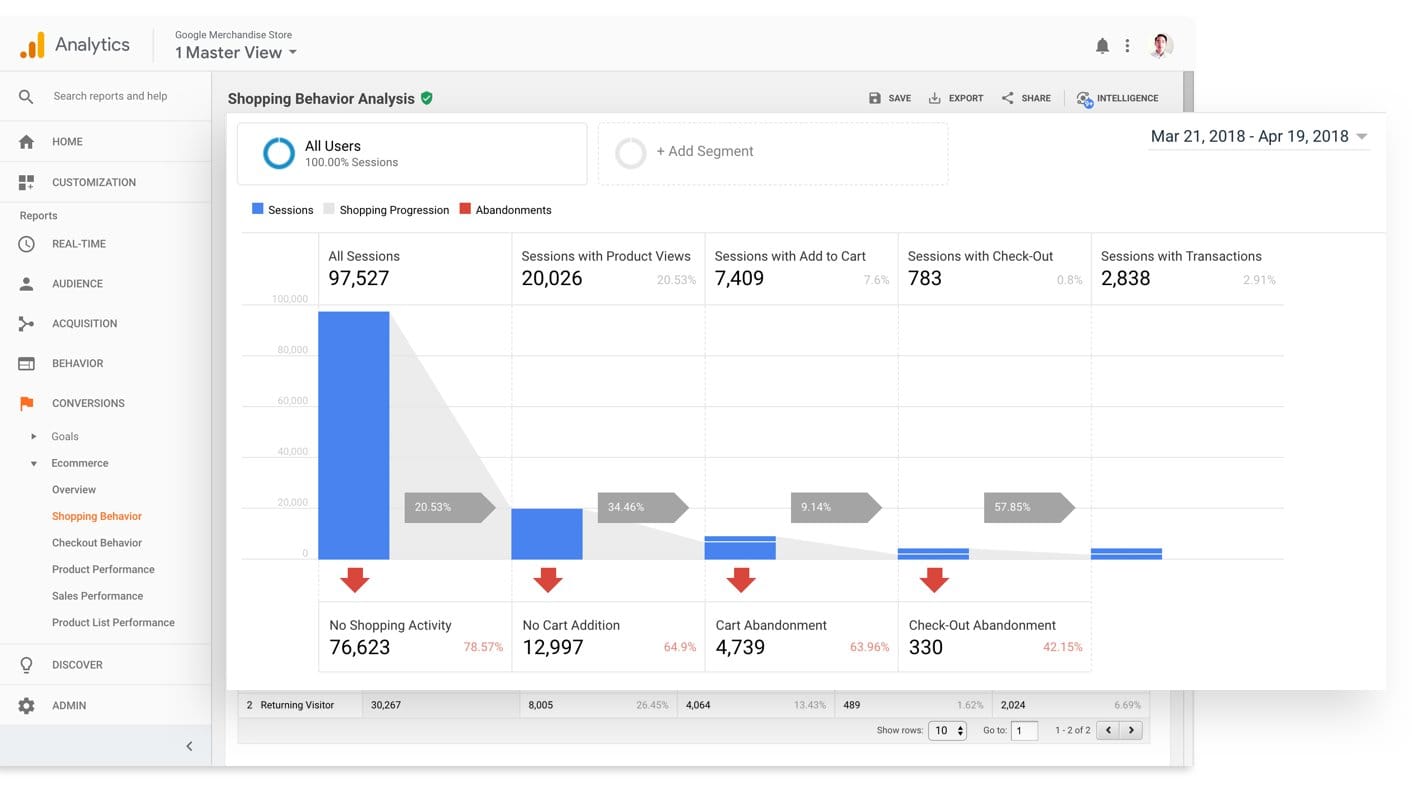So you’re starting to develop your Content Marketing strategy, or perhaps you’ve already started sharing some content? If so, you might be wondering how to tell if your content is performing well.
With all the possible metrics and numbers you could be looking at, it can get overwhelming.
Here’s a quick guide on which metrics and KPIs to use for measuring specific goals so you don’t get lost in a sea of irrelevant information.
Content Marketing Goals and Metrics
Building Awareness
Are you starting up a small business? Or maybe you’re taking your brand in a new direction? If so, you definitely want people to take notice.
Your content needs to capture attention and be shareable while clearly showing off your brand.
The best metrics to measure an increase in awareness would be engagements – these include shares, views, and likes. If there is growth in interactions, you know that more of your target audience is seeing and enjoying your content.
Increasing Traffic
If you are a blog owner, you are probably keeping an eye on the number of visitors to your pages.
The most obvious KPI would be the number of page visits your blog or website clocks within a specific time frame.
However, if you want a more in-depth picture of your target audience’s behavior, it is necessary to look at this in conjunction with Bounce Rate ie. users who clicked in but did not interact. As well as visitors’ time spent on the webpage/site.
Another great metric is returning visitors; it’s always good news if they come back for more.
These will help you understand if your content is not only attracting visitors but also engaging them to stay on the page or explore other parts of your site.
Generating Contacts or Leads
Sometimes, the goal of your content marketing campaign may be to create an email list of subscribers for your blog. You may have an e-commerce business and want customers to register to receive alerts for future offers.
In such situations, you’ll need to incorporate a call-to-action in your content. This is often accomplished by offering a promo code or free downloadables in exchange for an email signup, but use your imagination!
Track the conversion rates to your call-to-action across your content to measure performance. Of course, it also makes sense to check if the number of incoming leads is increasing in general.
Growing Sales
Though content is not a literal salesperson, it can go a long way in convincing potential customers to make a purchase.
Content that educates your audience about a product benefit or demonstrates positive experiences (such as honest reviews) can be the final push a customer needs.
A way to measure if your content is successfully increasing sales is to look at the conversion rates from leads to customers.
Basically, you are measuring if potential customers move through your marketing funnel and if your content marketing efforts push them along.
Once you’ve completed that initial sale, the customer doesn’t disappear into thin air. It’s important to think of how to keep them.
Repeat customers spend more and have a much higher conversion rate, 60-70% in fact!
This means you will want to keep an eye on your retention rate and the number of repeat customers.
Now you’ve got some metrics to keep in mind, here are some handy tools to measure the KPIs we’ve discussed.
Tools to Track Content Marketing Campaigns
Native Analytics on Social Media
Content marketing is often synonymous with social media platforms. So the good news is most of the social media networks have their own in-built analytics systems to measure engagement. For example, Audience Insights on Facebook, Instagram Insights, and Twitter Analytics.
The engagement metrics such as likes and shares are clearly displayed and generally easy to understand.
These are great if you are starting out and have a tight budget. The only inconvenience is you have to access each site individually.
Addthis Share Buttons

Addthis Share buttons are a free tool that allows you to add a share bar to your blog or website. Visitors can easily share content they love as they see it, not just at the beginning or end of a post.
Plus, you’ll get analytics of how many shares your content received.
Sproutsocial

If you are looking for a management tool that is more advanced and encompasses pretty much all aspects of social media monitoring, Sproutsocial is a good option to consider.
It assembles all the data from your social media platforms into visually pleasing reports. Sproutsocial also has other features like a content calendar and social listening to monitor upcoming trends.
Google Analytics

Last but certainly not least is Google Analytics. If there is one tool you need, this is definitely it. Google Analytics offers an enormous amount of data, you just need to know how to interpret it.
As an example, let’s start with a couple of the KPIs we talked about earlier.
- Traffic metrics:
- Average session duration (aka. time on site), Page views and Overall bounce rate can be found in Audience > Overview.
- Sales metrics:
- Enable eCommerce in Google Analytics,
- look under Conversions > Multi-Channel Funnels > Assisted Conversions to see how your content has impacted conversion actions.
Be sure to change/update date ranges so you can monitor for changes over time.
We hope this has been helpful as you begin monitoring your content marketing success.